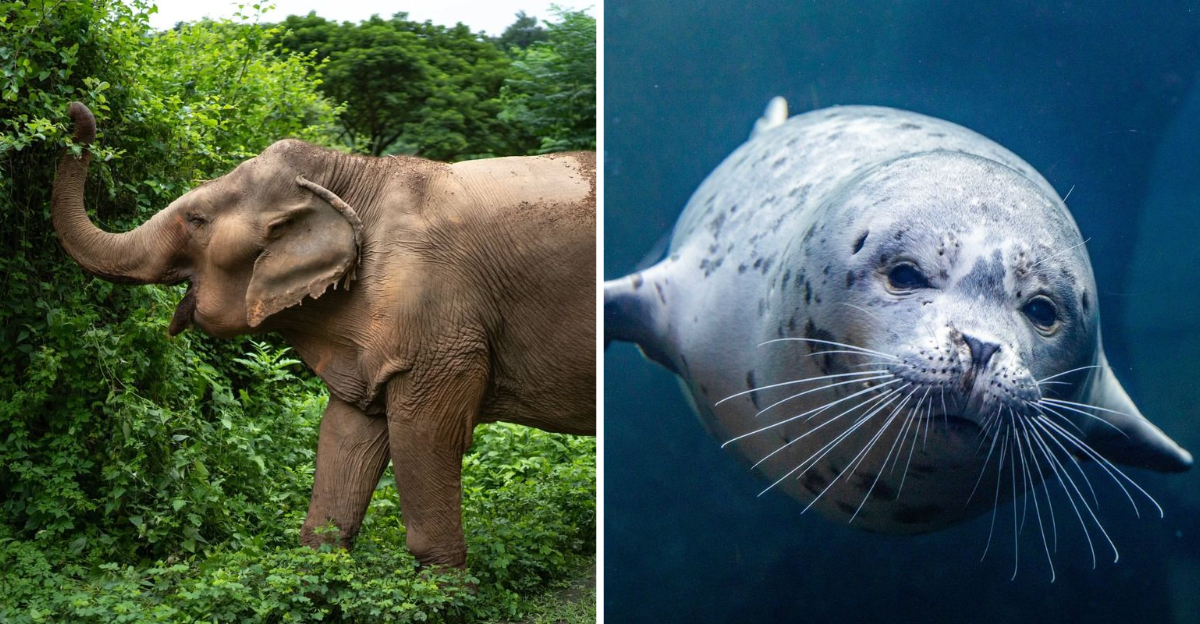Language and communication aren’t exclusive to humans. Across the animal kingdom, several species have displayed an astonishing ability to mimic human speech, each with its own unique flair and context.
These animals not only captivate our imagination but also challenge our understanding of intelligence and interaction in the wild.
1. African Grey Parrot
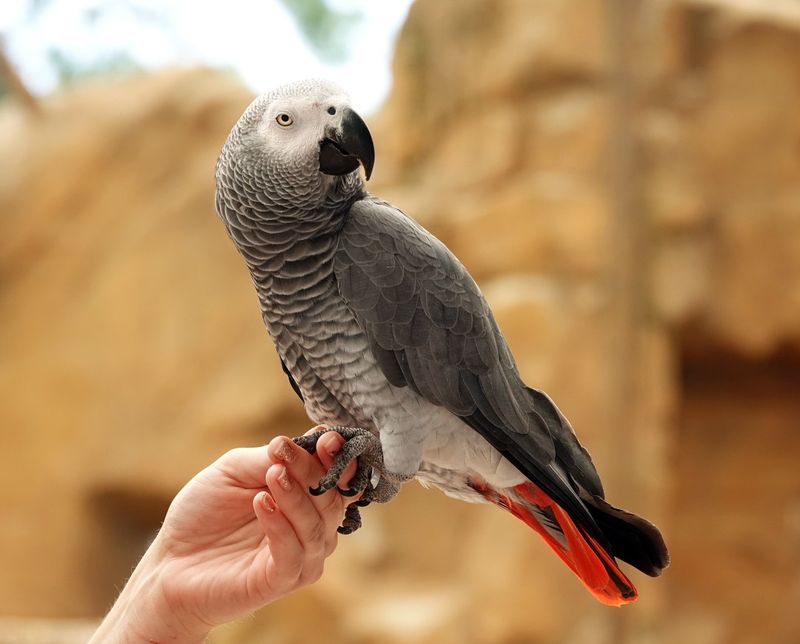
These intelligent birds can replicate human speech with uncanny accuracy, sometimes learning a vocabulary of hundreds of words. They use language in context, often surprising their owners with their conversational aptitude.
Beyond speech, these parrots exhibit a keen understanding of their surroundings. They can identify colors, shapes, and even numbers. This has led scientists to study them extensively, revealing their cognitive skills that rival those of primates.
Living up to 60 years, African Grey Parrots form strong bonds with their human companions. These social creatures require mental stimulation, making them fascinating, albeit demanding, pets. Their ability to talk is not just a novelty but a glimpse into the complex minds of avian species.
2. Bottlenose Dolphin

Researchers have discovered that dolphins can understand and mimic non-verbal language, including gestures and vocalizations. In controlled environments, dolphins have shown the ability to comprehend basic commands, even responding with vocal clicks and whistles.
This interaction creates a unique bond between dolphins and trainers, leading to further insights into their behavioral patterns. Their vocalizations aren’t mere sounds; they serve distinct purposes. Dolphins use them for echolocation and social interaction.
This complex language system hints at their social structure and problem-solving abilities. As one of the most intelligent marine mammals, their communication skills highlight the rich tapestry of life beneath the ocean waves.
3. Beluga Whale

Beluga Whales are often referred to as the “canaries of the sea” due to their wide range of vocalizations. These sounds include clicks, whistles, and bell-like tones that resemble human speech in certain contexts.
In aquariums, some belugas have been known to mimic words, blurring the lines between species communication. This ability has intrigued researchers who study how and why these whales attempt to imitate human sounds. Their vocal prowess is essential for survival in the wild.
The Arctic environment demands precise navigation, and belugas use echolocation to move through icy waters. Their communication skills also play a vital role in social interactions within their pods, demonstrating the importance of sound in their icy habitat.
4. Indian Ringneck Parakeet
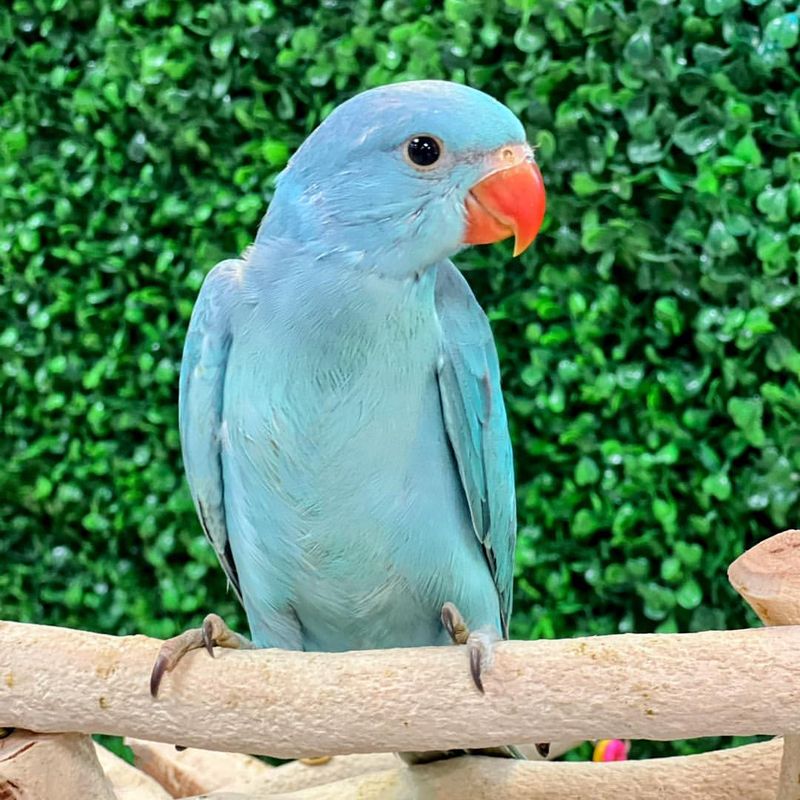
Indian Ringneck Parakeets are charming birds known for their ability to mimic human speech. Their clear enunciation and ability to string together phrases make them popular pets. These parakeets require patience and training to develop their speaking skills.
Owners often find joy in teaching them new words, and the birds respond well to positive reinforcement. Their social nature means they thrive on interaction. Although they can be independent, they enjoy the company of humans and other birds.
Their speaking abilities are not just a party trick but a reflection of their intelligence and desire to communicate with their environment.
5. Lyrebird
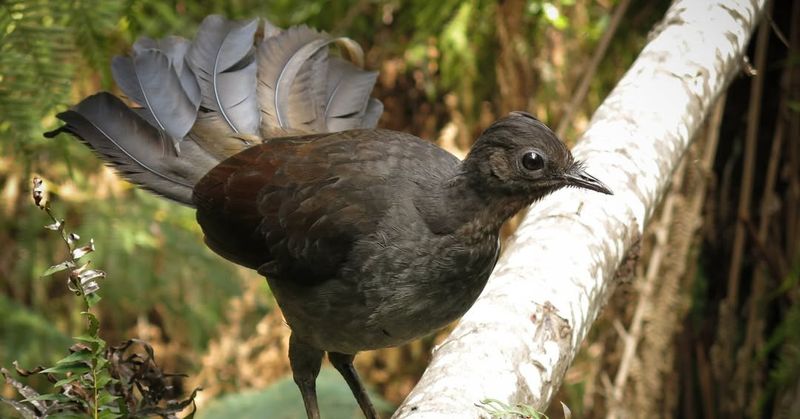
Native to Australia, Lyrebirds possess one of the most remarkable abilities to mimic sounds. Unlike any other, these birds can replicate natural and artificial sounds from their environment with precision. Their mimicry includes chainsaws, camera shutters, and even other animals’ calls.
This adaptation serves multiple purposes, from attracting mates to warding off intruders. The complexity of their vocal repertoire showcases their high intelligence and adaptability. Observing a Lyrebird in the wild is a testament to nature’s ingenuity, offering a unique glimpse into the acoustic complexity of the animal kingdom.
6. Asian Elephant
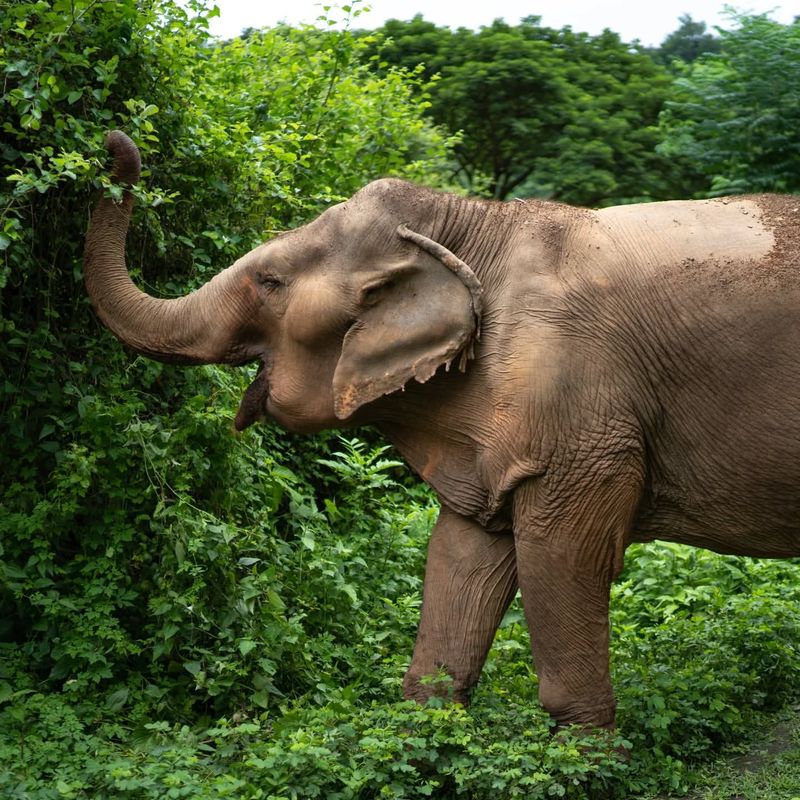
Asian Elephants are not the first animals one might associate with talking, yet some have demonstrated an ability to mimic human-like sounds. In captivity, elephants like “Koshik” have been observed mimicking words in commands.
These vocalizations are achieved by using the trunk and mouth creatively, illustrating their unique adaptation. Researchers study these phenomena to understand better the cognitive abilities of these majestic creatures. Their ability to produce sound does not only revolve around mimicry.
It plays a role in their social interactions, where they communicate using low-frequency rumbles. This form of communication is crucial for maintaining social bonds within their groups.
7. Harbor Seal
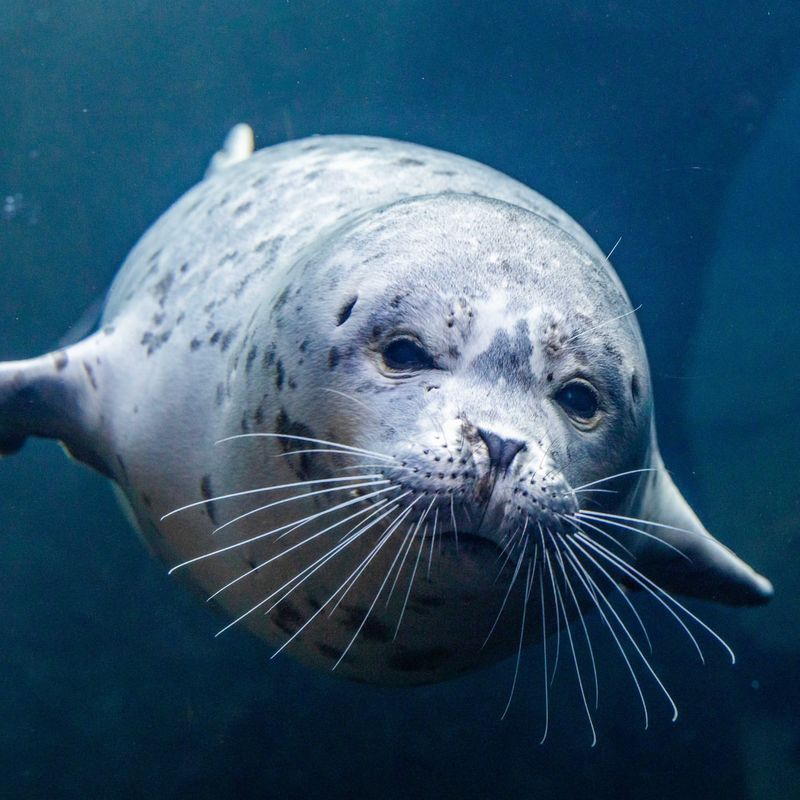
Harbor Seals have surprised researchers with their vocal abilities, displaying a capacity to mimic sounds akin to human speech. This ability is particularly fascinating given their typically silent nature in the wild.
In captivity, seals have been taught to mimic phrases and sounds, showcasing their ability to learn and adapt. This mimicry is not innate, requiring extensive interaction and training. Their vocal abilities are linked to their social behavior.
Seals communicate through a variety of sounds in their natural habitats, using vocalizations for mating calls and territory defense. Their ability to mimic human sounds underscores their adaptability and intelligence.
8. Chimpanzee
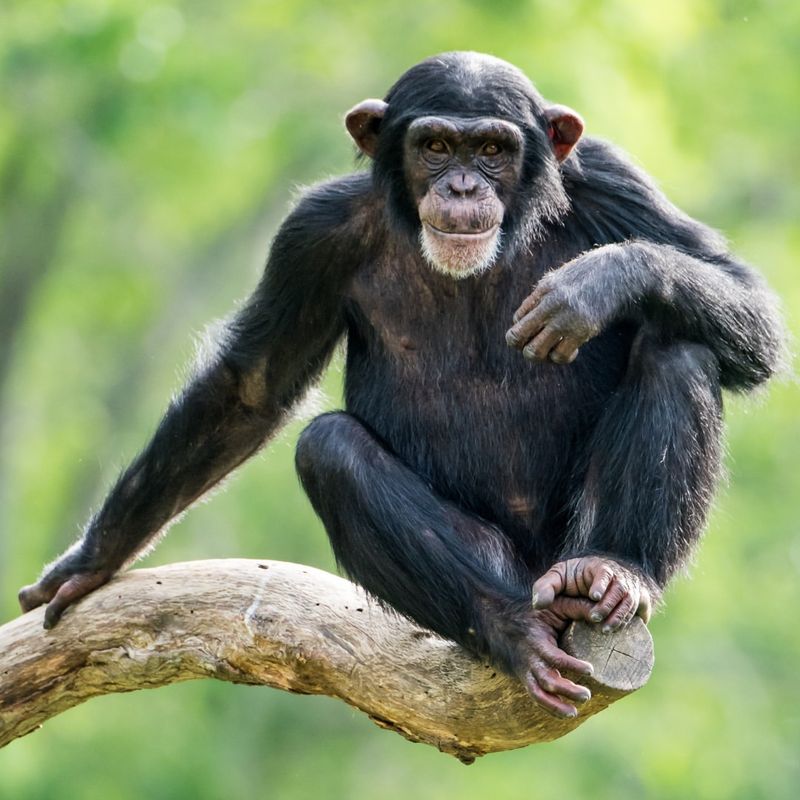
Chimps are our closest relatives in the animal kingdom, and their ability to communicate is a subject of immense interest. Some have been taught to use sign language, and others to mimic human speech to a limited extent.
In research settings, chimpanzees like “Nim Chimpsky” have demonstrated the ability to form basic sentences. Although their vocal mimicry is limited, their understanding and use of language through signs are profound.
These skills highlight their high intelligence and social complexity. Observing chimpanzees communicate offers insights into the evolutionary roots of human language and communication.
9. Hill Myna
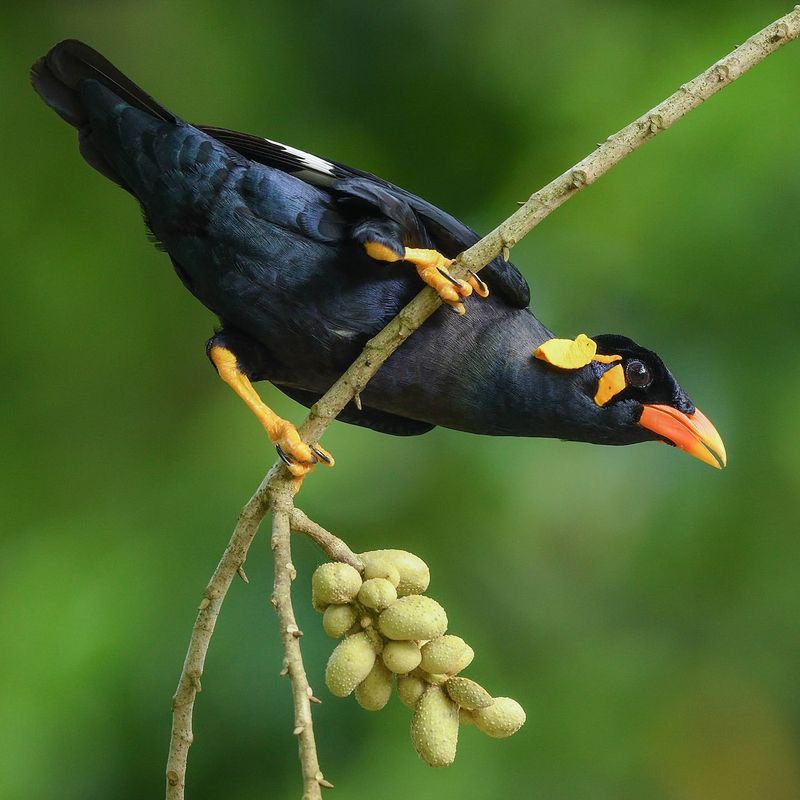
Hill Mynas are known for their extraordinary speaking abilities, often considered one of the best mimics in the avian world. Their clear, resonant voice can replicate human speech with remarkable accuracy. These birds are social and thrive in interactive environments.
Their vocal talents are enhanced by exposure to varied sounds, which they enjoy imitating. Beyond mere mimicry, Hill Mynas use their voices in social interactions within their flocks. Their lively and engaging communication skills make them popular pets, offering a window into their vibrant personalities.
10. Raven
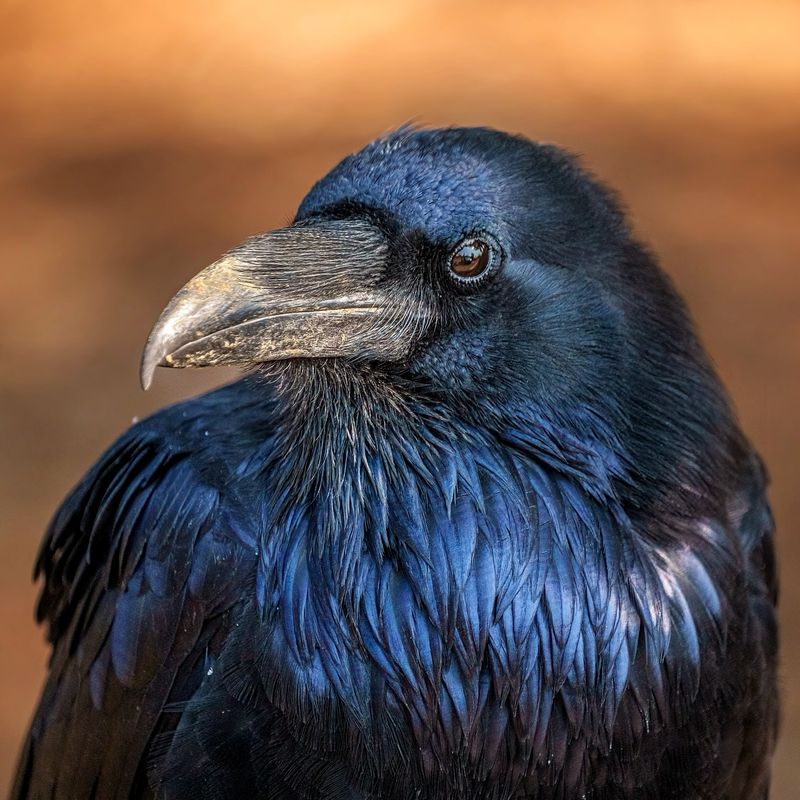
Ravens are among the most intelligent birds, renowned for their problem-solving skills and ability to mimic sounds, including human speech. Their deep, resonant voices allow them to imitate various noises with ease.
In the wild, ravens use their voices to communicate with others and even deceive potential threats. Their vocal mimicry is a reflection of their adaptability and intelligence. They are often associated with myths and legends due to their mysterious appearance and vocal abilities.
Observing a raven in its natural habitat reveals a creature of great intellect and curiosity.
11. Magpie
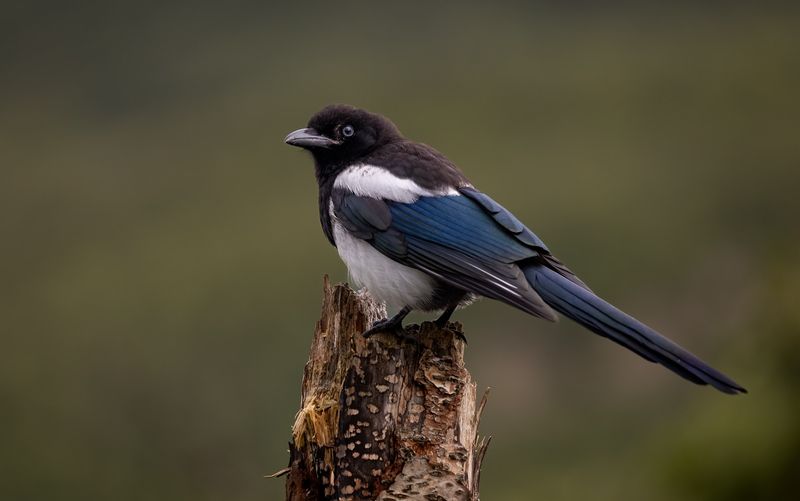
Magpies are more than just striking birds with their black and white plumage; they possess the surprising ability to mimic human speech. These intelligent birds belong to the corvid family, sharing their vocal talents with ravens and crows. In captivity, they have been known to learn and repeat words from their human caretakers.
Their mimicry extends beyond words, as they also replicate environmental sounds with precision. Magpies are social creatures, often seen interacting within flocks, which enhances their learning capabilities. Their ability to imitate makes them charming and engaging companions.
12. Orca

Orcas are highly social and intelligent marine mammals known for their complex vocalizations. Some have demonstrated the ability to mimic human speech and other sounds in controlled environments.
Researchers have observed orcas imitating trainers’ words, showcasing their adaptability and learning capacity. This vocal mimicry highlights their intelligence and social nature. In the wild, orcas use sounds for communication and hunting, utilizing echolocation to navigate and capture prey.
Their vocal abilities are an integral part of their social interactions, reflecting the sophisticated nature of these oceanic predators.

